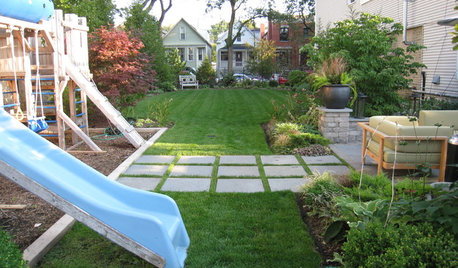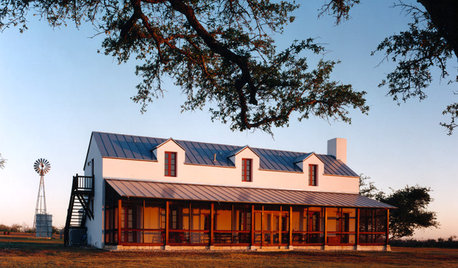When should I induce N deficiency?
Ohiofem 6a/5b Southwest Ohio
13 years ago
Related Stories

LIFE6 Tips for Teaching Your Kids to Be Good Neighbors
Everyone wins when your children learn to respect boundaries, get help when they need it and show others they care
Full Story
GARDENING GUIDESMake Sure You Read This Before Buying New Plants
Follow these 10 plant-selection tips to avoid buyer’s remorse
Full Story
ENTERTAININGSimple Pleasures: Movie Night for Film Buffs
In a world of rising cinema costs ... at a time when gathering comes naturally ... small screens are hitting the big time
Full Story
Houzz Call: What Gives You the Creeps at Home?
Halloween horror got nothing on your basement, attic or closet? Show us that scary spot you steer clear of
Full Story
FARM YOUR YARDHow to Farm Your Parking Strip
Get an up-close look at a thriving street-side edible garden, one of many sprouting up in Seattle
Full Story
FARMHOUSESHouzz Tour: German Tradition Deep in the Heart of Texas
Rooted in architecture from the 1800s, this award-winning home mixes history with the vernacular of today
Full Story
LIGHTINGHouse Hunting? Look Carefully at the Light
Consider windows, skylights and the sun in any potential home, lest you end up facing down the dark
Full Story
DECORATING GUIDES10 Beautiful Bedside Vignettes to Inspire Sweet Dreams
An artfully arranged bedroom nightstand can do wonders for soothing sleep and energized awakenings
Full Story
DECORATING GUIDESHow to Get Authentic French Style in Your Home
Move over Shabby Chic and French Provincial. These myths and realities reveal the real look of French decor
Full Story
GARDENING GUIDESGarden Myths to Debunk as You Dig This Fall and Rest Over Winter
Termites hate wood mulch, don’t amend soil for trees, avoid gravel in planters — and more nuggets of garden wisdom
Full Story






gardengal48 (PNW Z8/9)
tapla (mid-Michigan, USDA z5b-6a)
Related Professionals
Apollo Beach Landscape Contractors · Cedar Hill Landscape Contractors · Federal Way Landscape Contractors · Fort Atkinson Landscape Contractors · Monterey Landscape Contractors · North Lauderdale Landscape Contractors · Twin Falls Landscape Contractors · Cocoa Beach Solar Energy Systems · Alexandria Window Contractors · Dayton Window Contractors · Roselle Park Window Contractors · Austin Fence Contractors · Canoga Park Fence Contractors · League City Fence Contractors · East Palo Alto Fence ContractorsOhiofem 6a/5b Southwest OhioOriginal Author
tn_veggie_gardner
tapla (mid-Michigan, USDA z5b-6a)
Ohiofem 6a/5b Southwest OhioOriginal Author
tn_veggie_gardner
jodik_gw
tapla (mid-Michigan, USDA z5b-6a)
Ohiofem 6a/5b Southwest OhioOriginal Author
greenman28 NorCal 7b/8a
jodik_gw
Ohiofem 6a/5b Southwest OhioOriginal Author
tn_veggie_gardner
Ohiofem 6a/5b Southwest OhioOriginal Author
jodik_gw
tn_veggie_gardner
Ohiofem 6a/5b Southwest OhioOriginal Author
tapla (mid-Michigan, USDA z5b-6a)
tn_veggie_gardner
Ohiofem 6a/5b Southwest OhioOriginal Author
jodik_gw
tn_veggie_gardner